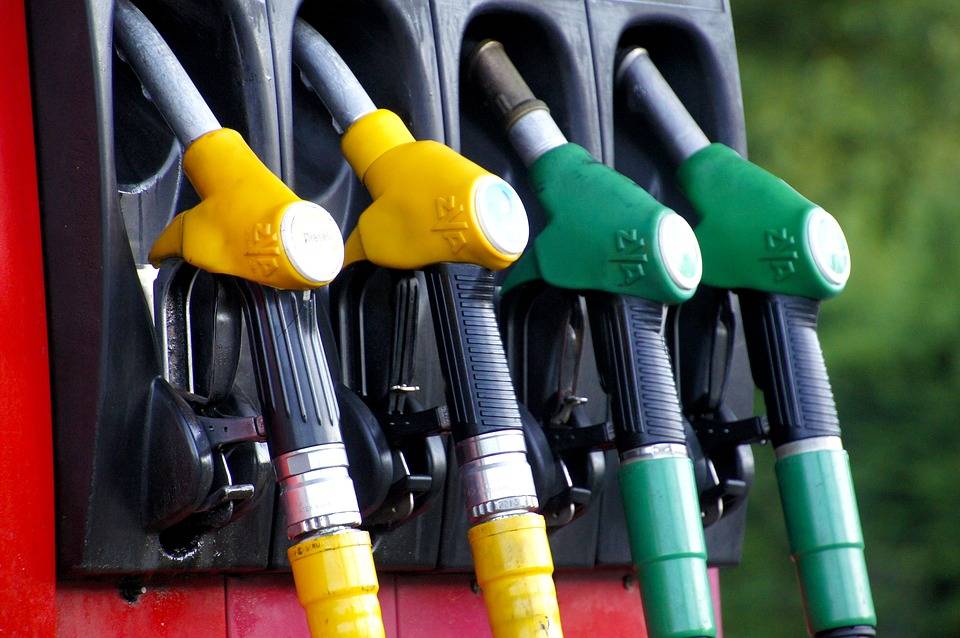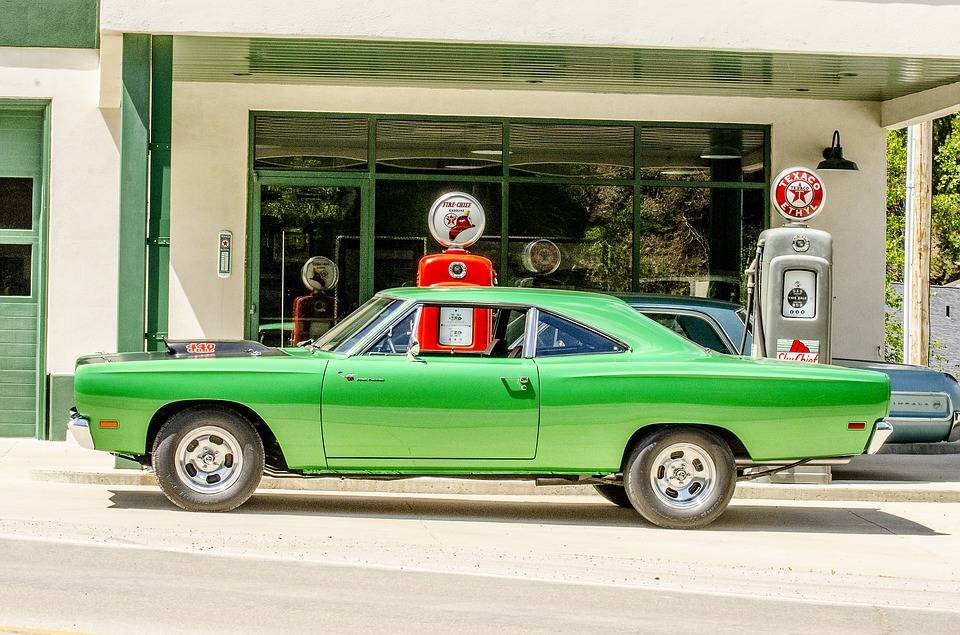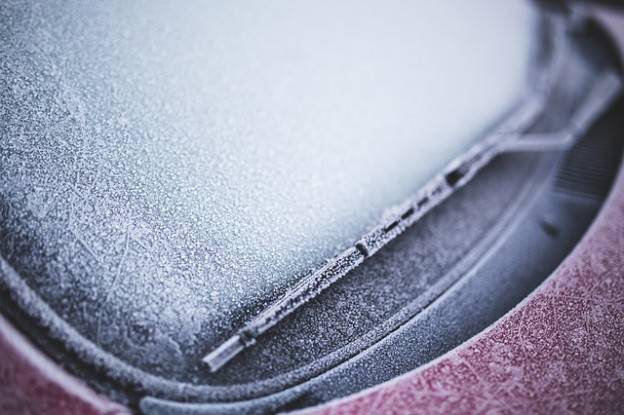Good performance of diesel engines requires high quality fuels. But in practice, it is not so simple to find it. The purchased fuel may be inadequate in terms of cetane number, may be contaminated and unadapted for use at different periods of the year. In the case of use of low-quality diesel fuel, the condition of engine can deteriorate, which may lead to its failure over time.
To prevent such consequences, special additives have been developed that can perform different functions: increase cetane number, reduce the intensity of oxidation and corrosion processes, and reduce smoke content in exhaust gases.
Additives are differentiated by the way of addition: those that are added directly to the tank, and those that are added in the injection system and are not mixed with fuel. Their effectiveness is somewhat different. While the first type of additives cleans the entire fuel system, the second type restores only injection system.
Antigel
Increased wax content in diesel fuel leads to its high self-ignition capacity in summer, and thickening in winter as the temperature decreases. Paraffin molecules begin to stick together, and it simply can’t pass through a fine filter. The filtering device is clogged and does not let diesel fuel pass into the engine, which is highly undesirable. Therefore, special additives, antigels, are added to fuel. They prevent the formation of paraffin agglomerates and improve the properties of diesel fuel.
How to properly use additives?
It should be noted that the introduction of additives to diesel fuel is only possible if the fuel is in a liquid state. In the case when fuel has already turned into a gel, it is not possible to restore it with additives. It is recommended to carry out the mixing of additives at a temperature which is 10 °C higher than the pour point.
It is worth remembering that the effective concentration of an additive is always indicated on its package, and its increase will not lead to a further improvement of diesel fuel properties.
The effectiveness of additives also depends on the initial quality of diesel fuel. That is why it is recommended to buy fuel only on approved gas stations.
Before adding several additives it is necessary to study carefully both their composition and characteristics of their action. The fact is that you can purchase incompatible additives that could cause engine to seize.
Today there is a lot of controversy around additives for diesel fuel, and there is no general opinion on their effectiveness. Therefore, the use of this method of improving diesel fuel is an entirely private matter of each car user.
Quality mixing of additives with diesel fuels
Industrial mixing of additives with diesel fuel requires special equipment. Existing technologies are not able to fully ensure the quality of mixing, therefore, diesel fuel breakdown into individual components occurs in time. Given this fact, GlobeCore company began the development of new equipment, which would be devoid of this shortcoming. The scientific research of the company’s engineering department resulted in market appearance of USB-type plants. The advantage of this equipment is that the use of injection method and hydrodynamic shock can increase the cetane number of fuel, and the breakdown of the resulting product does not occur for at least 180 days.




